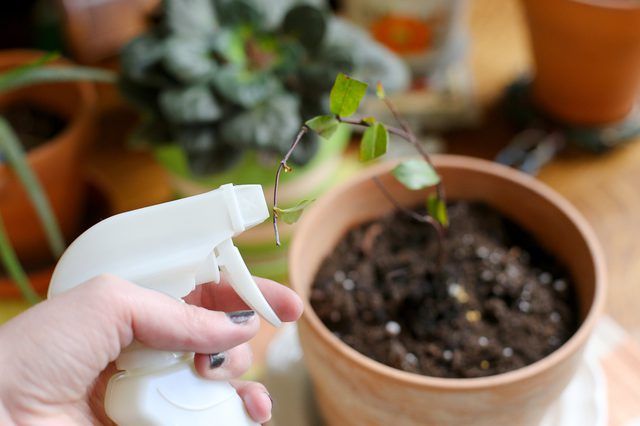Bulbs
Flower Basics
Flower Beds & Specialty Gardens
Flower Garden
Garden Furniture
Garden Gnomes
Garden Seeds
Garden Sheds
Garden Statues
Garden Tools & Supplies
Gardening Basics
Green & Organic
Groundcovers & Vines
Growing Annuals
Growing Basil
Growing Beans
Growing Berries
Growing Blueberries
Growing Cactus
Growing Corn
Growing Cotton
Growing Edibles
Growing Flowers
Growing Garlic
Growing Grapes
Growing Grass
Growing Herbs
Growing Jasmine
Growing Mint
Growing Mushrooms
Orchids
Growing Peanuts
Growing Perennials
Growing Plants
Growing Rosemary
Growing Roses
Growing Strawberries
Growing Sunflowers
Growing Thyme
Growing Tomatoes
Growing Tulips
Growing Vegetables
Herb Basics
Herb Garden
Indoor Growing
Landscaping Basics
Landscaping Patios
Landscaping Plants
Landscaping Shrubs
Landscaping Trees
Landscaping Walks & Pathways
Lawn Basics
Lawn Maintenance
Lawn Mowers
Lawn Ornaments
Lawn Planting
Lawn Tools
Outdoor Growing
Overall Landscape Planning
Pests, Weeds & Problems
Plant Basics
Rock Garden
Rose Garden
Shrubs
Soil
Specialty Gardens
Trees
Vegetable Garden
Yard Maintenance
How to Care for Carolina Jessamine
How to Care for Carolina Jessamine. Grown for its fragrant golden flowers and evergreen foliage, Carolina jessamine (Gelsemium sempervirens) adds year-round visual interest to native plant landscaping. It grows in U.S. Department of Agriculture plant hardiness zones 7 to 10, where it will grow equally well as a potted plant or landscape ornamental....
Grown for its fragrant golden flowers and evergreen foliage, Carolina jessamine (Gelsemium sempervirens) adds year-round visual interest to native plant landscaping. It grows in U.S. Department of Agriculture plant hardiness zones 7 to 10, where it will grow equally well as a potted plant or landscape ornamental. Carolina jessamine is a low-maintenance plant once established in a sunny bed with moist soil, but regular care will help improve its appearance and overall health.
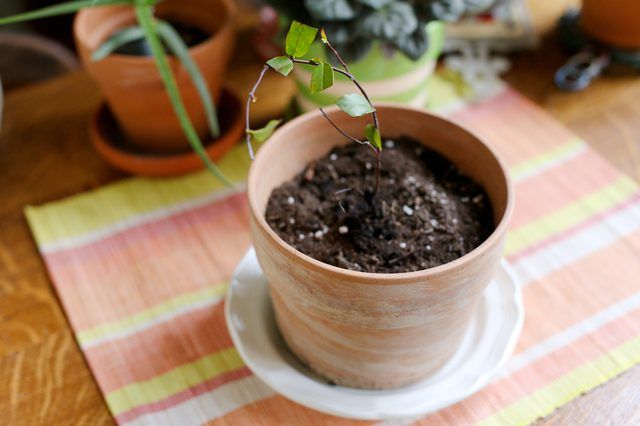
Carolina jessamine comes from the southeastern U.S., where baking heat, high humidity and summer rains are common. It thrives in heat and humidity, and will tolerate moderate drought with little damage, but it will look far better if routinely watered during the summer. Provide garden-grown Carolina jessamine with 1 inch of water each week, allowing the soil to dry out on the surface between each watering. Water pot-grown Carolina jessamine whenever the soil looks dry on the surface, adding water until it leaks from the bottom of the pot.
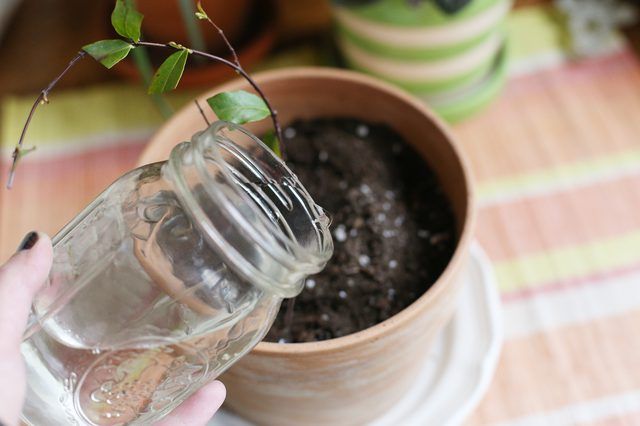
As with many native plants, Carolina jessamine grows well without any supplemental fertilizer, but a light fertilizer application every four to eight weeks during the growing season can help encourage more prolific foliage and flower production. Dissolve 1/2 teaspoon of 10-10-10 or 7-9-5 ratio fertilizer in 1 gallon of water. For a Carolina jessamine grown in full sun, replace one watering per month with the solution. A plant in shade require less fertilizer and will do better with fertilizer once every two months. Overfeeding reduces flowering, so if you see a change in flowering, stop fertilizing.
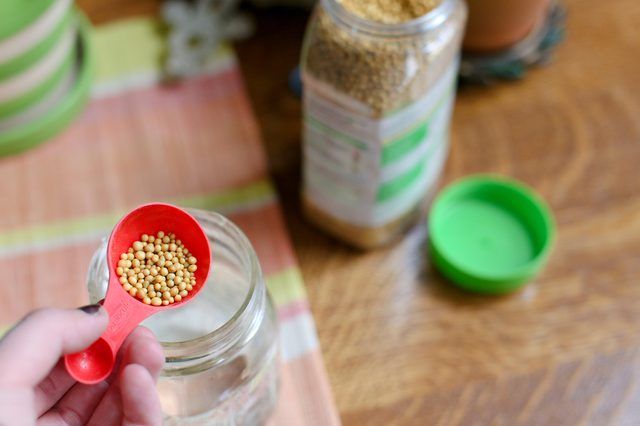
Although rapid growth is among its best features, Carolina jessamine often takes on a scraggly, unkempt appearance after a few years. Heavy pruning in spring after the flowers fade will help improve its appearance and promote denser foliage growth. Prune back the entire plant to 3 feet every few years to rejuvenate its stem and leaf growth. Remove any dead or damaged stems, as well as any unwieldy or undesirable growth to improves its shape. Soak the shears in a sanitizing solution of 1 part pine oil cleaner and 3 parts water for five minutes, rinse them and wipe them dry before use. All parts of Carolina jessamine are toxic, so wear gloves whenever working closely with its stems, leaves or flowers.
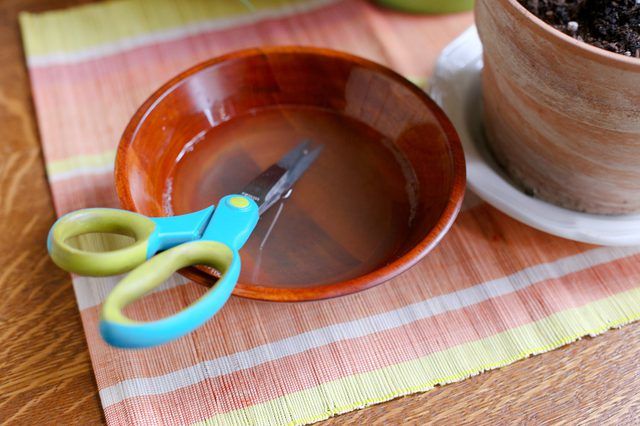
Severe pest infestations are rare in Carolina jessamine, although it may attract mealybugs from time to time. Mealybugs feed on the foliage and succulent stem growth, leaving cottony or waxy white matter behind. Advanced infestations cause leaf loss and twig dieback. Treat mealybug infestations with a 2 percent insecticidal soap solution. Mix 5 tablespoons of insecticidal soap with 1 gallon of water. Apply the solution with a spray bottle every four days, saturating the affected leaves and twigs. Leave the soap solution to soak in for a few hours, then rinse it off to prevent damage to the Carolina jessamine's leaves.
